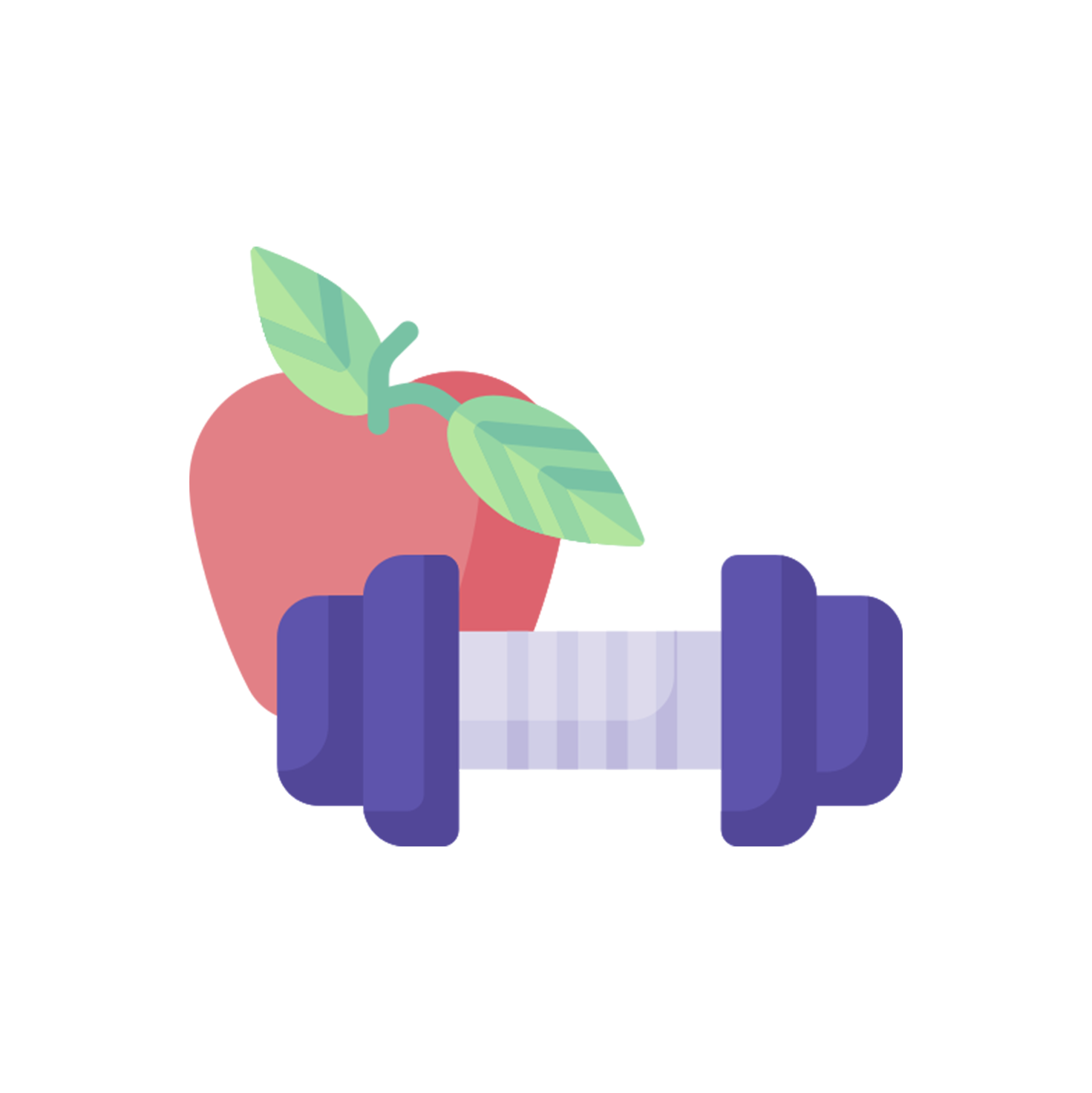Every food has its unique colors, vitamins and minerals. Ever since we were kids, we have been advised to eat fruits and vegetables with a mix of different colors every day. But do you know which health benefit is associated with each color?
A Plate of Rainbows
- Red includes berries, which are packed with vitamin C, and tomatoes are rich in the anti-cancer substance - lycopene
- Orange includes oranges, carrots, pumpkins and apricots, are all rich in vitamins
- Yellow includes potassium-rich bananas, the ideal on-the-go snack that is great for blood pressure, nerves and muscles. Melons and pineapples are good too
- Green includes green leafy vegetables like cabbage and broccoli, which are a great source of calcium, iron, and also anti-cancer properties
- Blue (and purple) includes blackberries, plums and eggplant, which contain anthocyanins that are good for the heart and circulation

Eating in Color
Introduce your family to the idea of eating rainbows and the concept of eating healthily by preparing food in different colors.
Breakfast
Start your morning with a glass of unsweetened orange juice (orange), breakfast cereal topped with a handful of raisins (blue/purple) or, for a warm breakfast, try grilling a sliced banana (yellow) on a whole grain toast.
Lunch
Fill your lunch with colors! Here are a few suggestions you can try for the week!
- Monday: Liven up your sandwich with a few sliced tomatoes (red), or watercress (green)
- Tuesday: Add some beets (purple) to a mixed leafy salad (green)
- Wednesday: Go for pumpkin (orange) or brightly colored veggies, such as carrots or tomatoes (orange, red) soup
- Thursday: Bite into a rosy (red) apple, or munch on dried fruit like apricots (yellow)
- Friday and the Weekend: Use your own colorful creativity!
Eating in Color
Introduce your family to the idea of eating rainbows and the concept of eating healthy by preparing food in different colors.
Breakfast
Start your morning with a glass of unsweetened orange juice (orange), breakfast cereal topped with a handful of raisins (blue/purple) or, for a warm breakfast, try grilling a sliced banana (yellow) on a whole grain toast.
Lunch
Fill your lunch with colors! Here are a few suggestions you can try for the week!
- Monday: Liven up your sandwich with a few sliced tomatoes (red), or watercress (green)
- Tuesday: Add some beets (purple) to a mixed leafy salad (green)
- Wednesday: Go for pumpkin (orange) or brightly colored veggies, such as carrots or tomatoes (orange, red) soup
- Thursday: Bite into a rosy (red) apple, or munch on dried fruit like apricots (yellow)
- Friday and the Weekend: Use your own colorful creativity!

Dinner
Fill your dinner plate with colorful vibrant veggies! Adding extra vegetables will boost up its nutrients and reduce calories!
Here are some suggestions you can try from Monday to Friday!
- Monday: Add a handful of spinach (green) to sauces - it is especially good in curries
- Tuesday: Mix green and blue by sautéing some zucchini squash (green) with eggplant (blue/purple) for a quick and tasty side dish
- Wednesday: Whip up a riot of color by adding peppers (red or orange), corn (yellow), snow peas (green) into a stir-fry
- Thursday: Chop or grate brightly colored vegetables into casseroles and other hot dishes
- Friday: Toss chopped red onions (purple) onto a pizza and serve with a side salad (green)
Snacks
Most people like snacks! So pick some healthy and colorful snacks to light up your day!
- Smoothie Mix: berries are the main ingredients. Whether they are blackberries, blueberries (blue/purple), strawberries or raspberries (red), you can always use frozen fruit if fresh fruit is unavailable or not in season
- Veggie Sticks: cut the carrots or peppers (orange) or cucumber (green) into sticks
- Sweet treat with pineapple (yellow) or cherry tomatoes (red)
Remember next time you go to the grocery store, pick the most colorful and healthy fresh foods you can, and brighten up your meals with a rainbow of healthy benefits.
Sources
- Reduction to cancer risk. Stanford Medical Center. Visited 22 September 2010. http://cancer.stanford.edu/information/nutritionAndCancer/reduceRisk/
- Food Facts – Fruit and Vegetables. British Dialectics Association. Visited 22 September 2010.
- http://www.bda.uk.com/foodfacts/FruitVeg.pdf
- Gullett NP, Ruhul Amin AR, Bayraktar S et al. Cancer prevention with natural compounds. Semin Oncol. 2010;37(3):258-81.
- Vitamins. British Nutrition Foundation. http://www.britishnutrition.org.uk/home.asp?siteId=43§ionId=604&subSubSectionId=324&subSectionId=320&parentSection=299&which=2#105
© Cigna Healthcare 2023
Information provided in this article is intended for health and fitness purposes only and is not intended for use in the diagnosis of disease or other conditions, or in the cure, mitigation, treatment or prevention of disease (see Terms & Conditions for details). Any health-related information found in this article is available only for your interest and should not be treated as medical advice. Users should seek any medical advice from a physician, especially before self-diagnosing any ailment or embarking on any new lifestyle or exercise regime. Any information contained in this article may not be suitable, accurate, complete or reliable. Cigna Healthcare accepts no responsibility for the content or accuracy of information contained on external websites or resources, or for the security and safety of using them. "Cigna Healthcare" and the "Tree of Life" logo are registered trademarks of Cigna Intellectual Property, Inc. in the United States and elsewhere, licensed for use. All products and services are provided by or through operating subsidiaries, and not by The Cigna Group.



